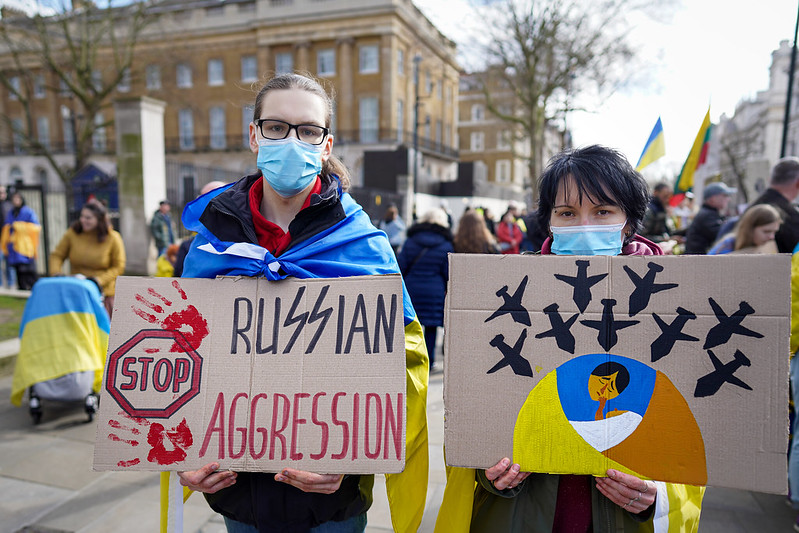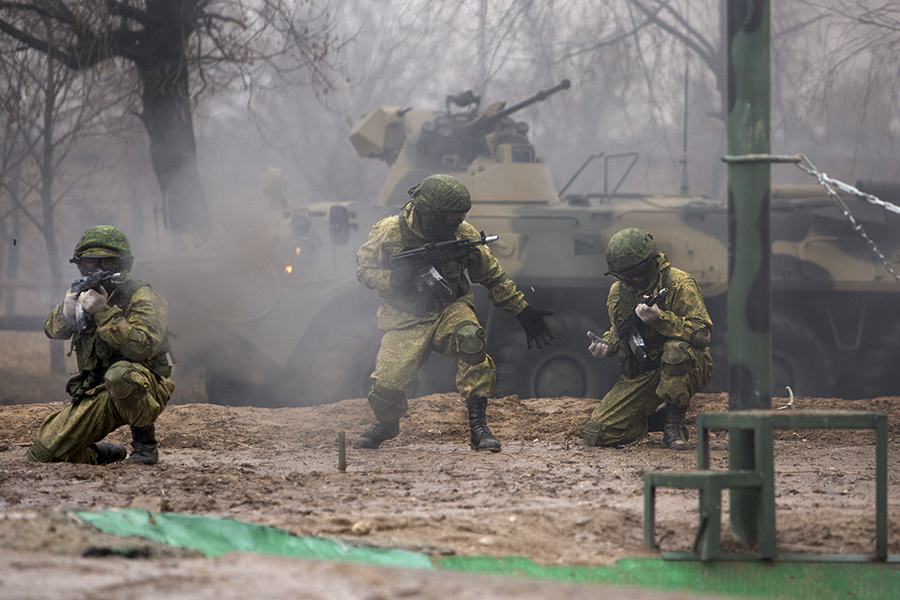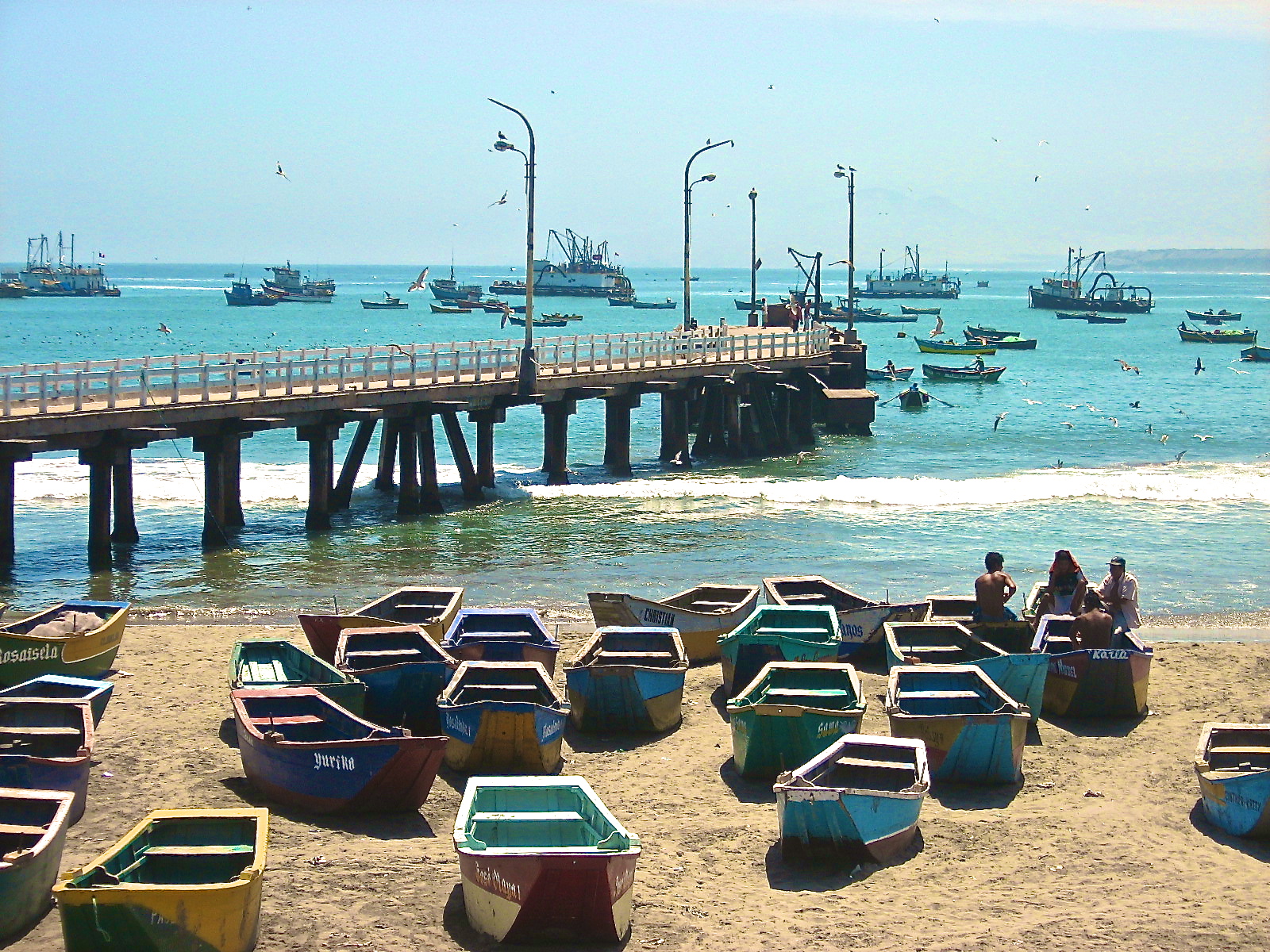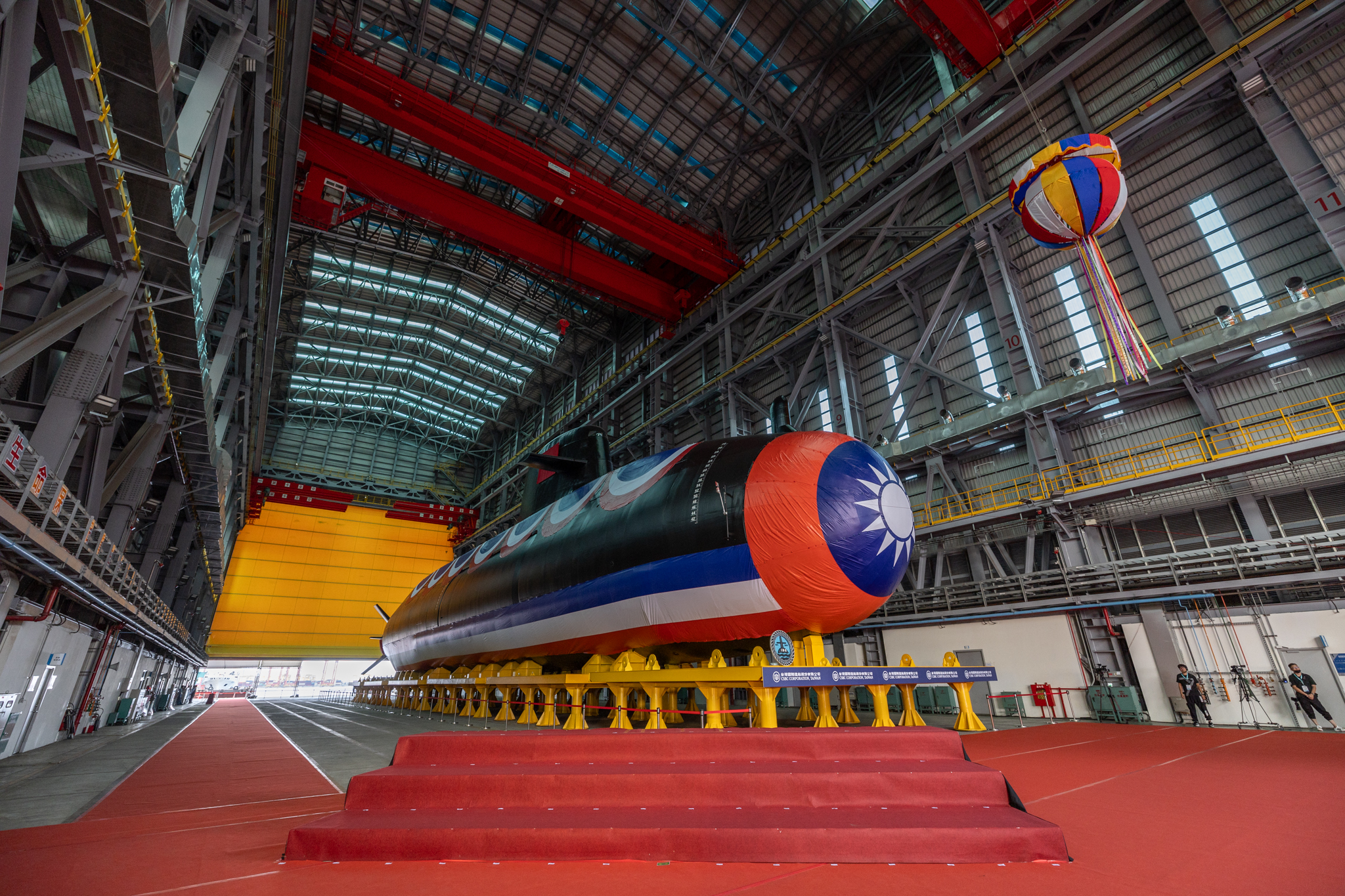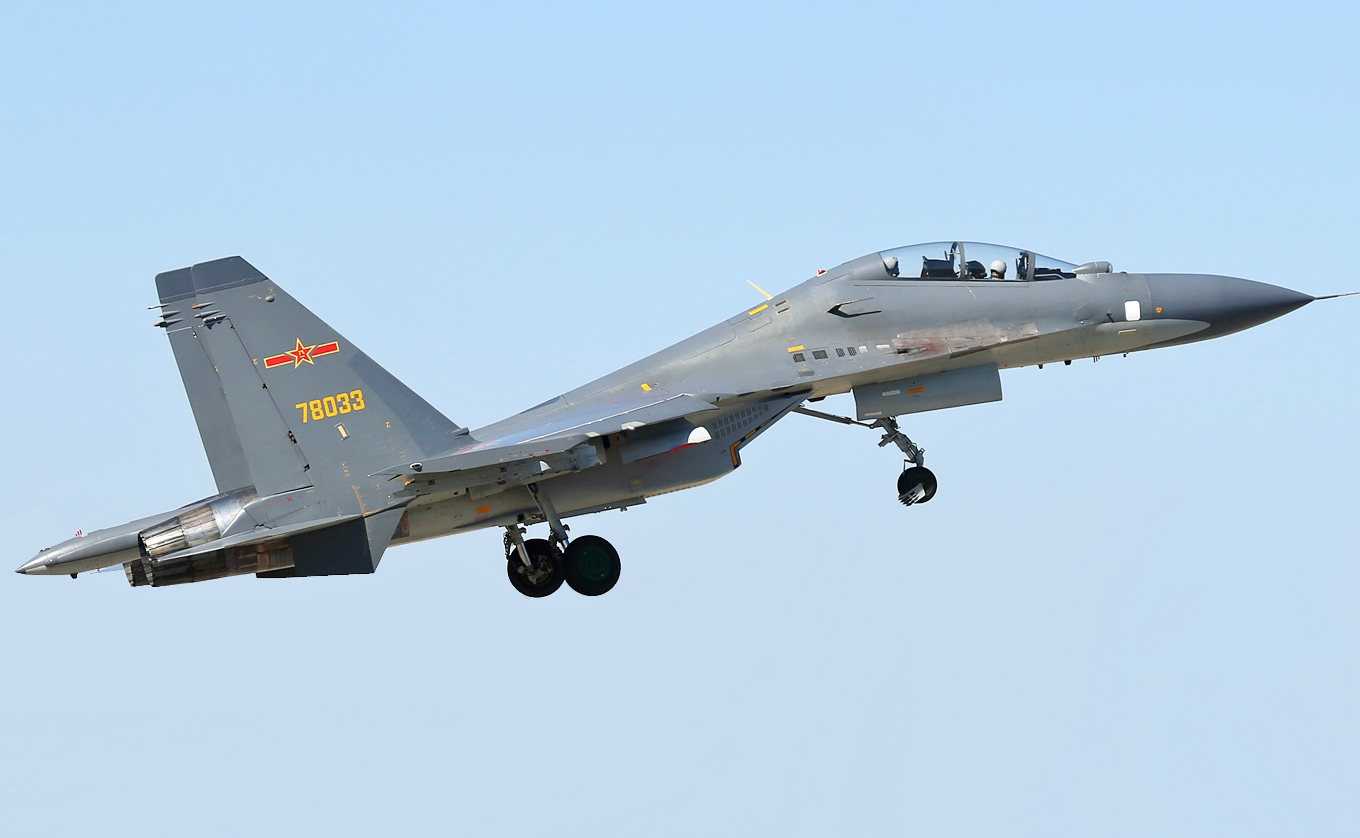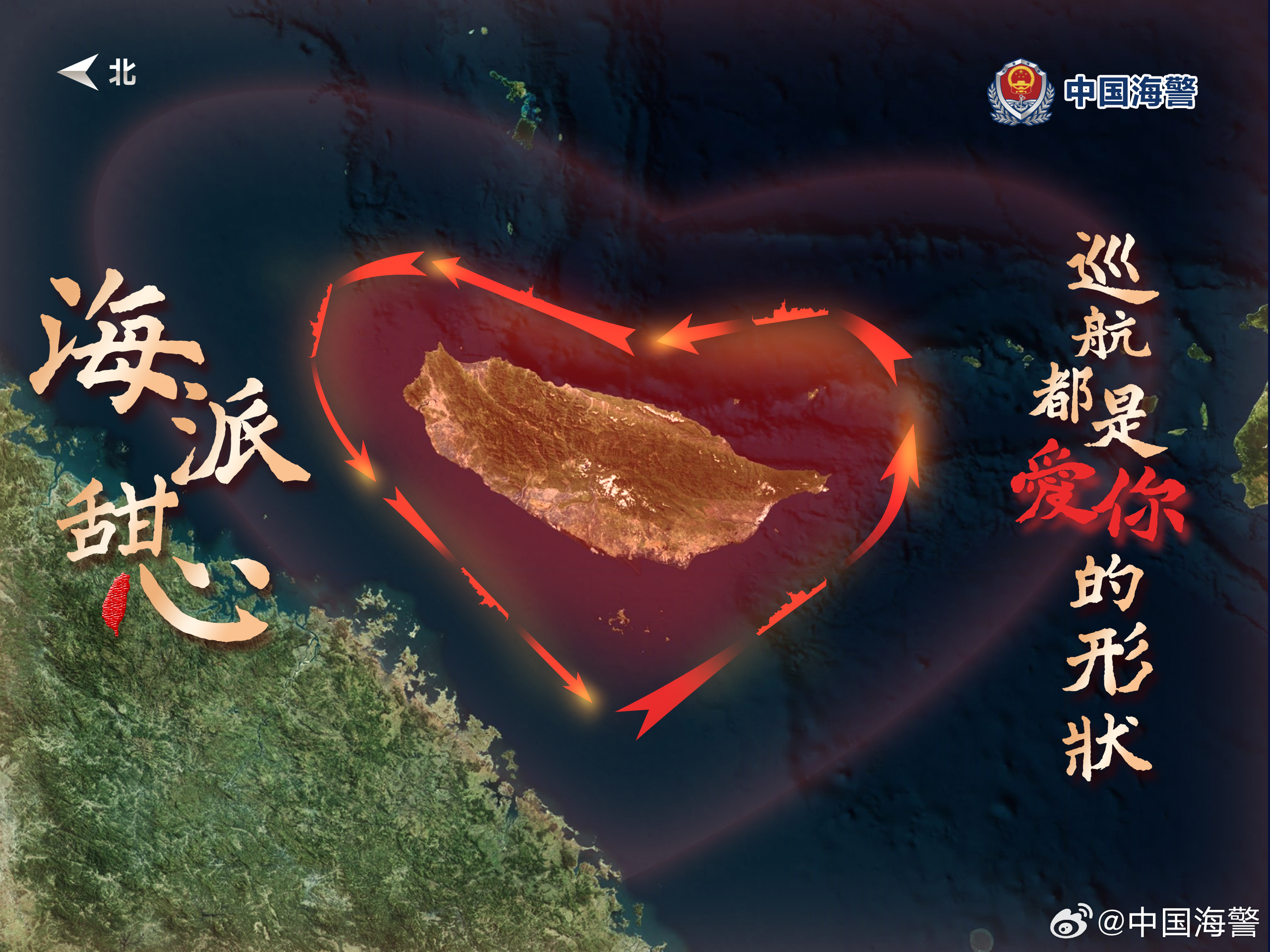
Russia’s Sakhalin-1 oil project, one of many Russian oil facilities in the Arctic, extracts oil that is moved to international markets via an expansive shadow fleet of tankers.
“Since Moscow launched its war against Ukraine and the international community introduced sanctions against the Russian oil and gas industry, the small West African state [of Gabon] has offered shelter to a quickly expanding fleet of shadow vessels that carry sanctioned Russian oil.”
Despite international sanctions passed since Russia’s invasion of Ukraine, Russian oil is still available on the international market. According to the excerpted article from Norwegian news site The Barents Observer, a Gabonese-registered shadow fleet is now moving Russian oil through the Arctic. Many of the ships flying Gabon’s standard are doing so under a flag of convenience or open registry. International law requires the registration of merchant ships in a host country. Ships registered in a different country than their ownership may fly the ensign, or flag, of the host country and abide by its laws. This flag of convenience, or open registry, may avoid the strict regulations of its home country, skirt safety standards, avoid taxes, or, in this case, provide political advantages. Since Russia invaded Ukraine in February 2022, Gabon has increased its ship registry by dozens, and that all of those newly registered ships are “engaged in shipments of sanctioned Russian oil,”[i] according to the article. The inability of the international community to police shadow fleets like Gabon’s will continue to weaken and ultimately render international sanctions against Russia ineffective. This situation will provide Russia with hard currency to fund its military operations in Ukraine and abroad, and stabilize its domestic economy during war.[ii]
Sources:
Atle Staalesen, “Under flag of Gabon, tankers sail sanctioned Russian oil through Arctic ice”, The Barents Observer (independent Norwegian news site in Russian and English currently blocked in Russia), 27 September 2024. https://www.thebarentsobserver.com/news/under-flag-of-gabon-tankers-sail-sanctioned-russian-oil-through-arctic-ice/231598
The Sai Baba is sailing the Northern Sea Route from Murmansk to China and is part of a major Africa-registered shadow fleet that now operates in Russian Arctic waters. Several more tankers are following in its wake. The Sai Baba is believed to have loaded crude oil in Murmansk in mid-September. It subsequently set course for the Arctic route that connects the North Atlantic with the Pacific. On the 18th of September, the tanker was located near the Kola Bay. Nine days later, it was sailing through the Kara Sea, according to data from Russia’s Northern Sea Route Administration.
As it sails further east, the almost 20-year-old tanker with a deadweight of 158,889 tons will run into a major layer of multi-year sea-ice. The sea-ice in the Chukchi Sea has troubled regional shipments this summer. The Sai Baba is ice-class2.
The tanker carries the flag of Gabon and appears to be managed by a company from the United Arab Emirates. Judging from the Northern Sea Route Administration, it has permission to sail without icebreaker escort in light sea-ice conditions during the period from 10th of September to 31st of October.
The 274-meter-long tanker was built in 2006 and used to operate under the name Cap Guillaume under a Belgian shipper. It was sold in November 2022 and has since sailed under the name Sai Baba. It is due to arrive in the Chinese port of Huizhou on October 15.
The Sai Baba is not the only Gabon-registered tanker that now sails through the rough Arctic waters of the Northern Sea Route. As it embarked on its Arctic voyage to China, two other Gabon-registered tankers were waiting in the waters outside Murmansk to be loaded. The NS Nordic (Liberia) and SCF Baltika (Russian Sovcomflot) are likely to follow in the wake of the Sai Baba. At the same time, the Moskovsky Prospect appears to be embarking on an East-West voyage on the route from India to Murmansk. Also, the SCF Yenisey, the Suvorovsky Prospect and the Nanda Devi sailed on the Arctic route in late September.
Since Moscow launched its war against Ukraine and the international community introduced sanctions against the Russian oil and gas industry, the small West African state has offered shelter to a quickly expanding fleet of shadow vessels that carry sanctioned Russian oil.
The country that experienced a coup d’état in 2023 is today one of the Russian oil industry’s best friends. In addition to the seven tankers that currently sail in Russian Arctic waters, dozens of more carriers have been listed in the Gabon ship registry over the last two years. Among them are reportedly 50 ships owned by Sovcomflot.According to Lloyd’s List (behind paywall), the African nation has employed a private company based in the United Arab Emirates to run the registry. Almost all the tonnage of the Gabon-registered ships are now engaged in shipments of sanctioned Russian oil. In 2024, Gabon had the world’s quickest growing ship registry.
Notes:
[i] For a description of how Russia has regained its ability to drill for oil in spite of Western led international sanctions, see: Nidhi Verma, “Russia’s Sakhalin-1 near full oil output after Exxon exit,” Reuters, 9 January 2023. https://www.reuters.com/business/energy/russias-sakhalin-1-near-full-oil-output-after-exxon-exit-source-2023-01-09/
[ii] For a recent article regarding flow of and impacts of shadow fleets moving sanctioned oil around the world, see: Rebecca Tan, Pei-Lin Wu and Julia Ledur, “‘Dark’ tanker crash exposes dangers of China’s thirst for cheap oil,” The Washington Post, 2 September 2024. https://www.washingtonpost.com/world/interactive/2024/china-da…F62dc0753ccfdb80ba057ddcf%2F11%2F38%2F66d5d9c2e3b3f24f5576e400
Image Information:
Image: Russia’s Sakhalin-1 oil project, one of many Russian oil facilities in the Arctic, extracts oil that is moved to international markets via an expansive shadow fleet of tankers.
Source: Politikparadox, https://politikparadox.blogspot.com/2014/10/russen-finden-ol-in-der-arktis.html
Attribution: Creative Commons

